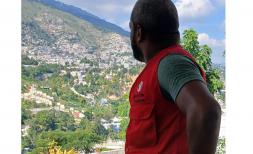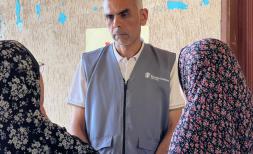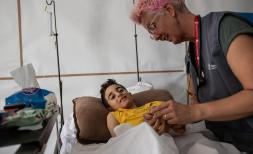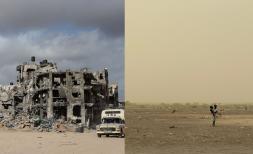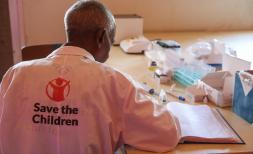STAFF ACCOUNT: “There is tension and fear in the air, that we are waiting, waiting for something worse to happen."
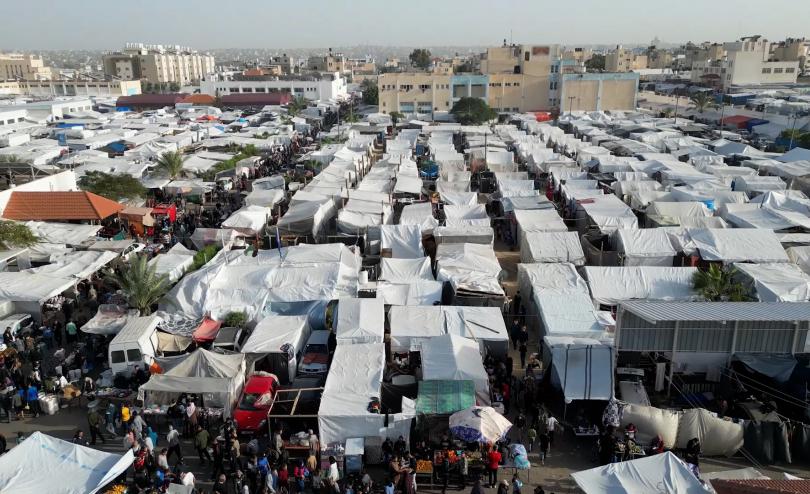
Jason Lee, Save the Children’s Country Director of the occupied Palestinian Territory, has been in Gaza since 28 November.
GAZA, 8 December - “At night I hear the air strikes, the constant humming of the drones, the boom of the tanks, and the naval ships shelling. I can hear the firing of guns, the rounds going off. The nights are lit up with the flares used for the troops. At times, there’s smoke in the room, remnants of the airstrikes. I don’t hear people talking, just the noise of war.
{cta | Children are always the first to suffer in any conflict. <span class="text-primary">Your support is urgently needed</span>. | https://donate.savethechildren.org/en/donate/children-crisis-donate-child-emergency-fund | Donate now
I’m scared. Worried one of the strikes will hit the building I’m in. I’m sleeping on the floor, sharing a room with another aid worker. We talk to each other; try to reassure each other that we are making a difference, that tomorrow will be the day that we can finally get more supplies in, that we will be able to deliver assistance. And that we will be safe. We are both scared, scared that if we can’t bring in the goods, the situation on the ground will become even more catastrophic for the people we are here to serve because the Israeli authorities have eroded our ability to do our job effectively.
This is so different from when I first arrived during the pause in fighting. There is tension and fear in the air. We are all waiting – aid workers and families alike - waiting for something even worse to happen. It is terrifying. At the same time, I have to keep hope - hope that we will be able to stop the senseless loss of life, to stop this horror from unfolding, and to be able to do what we need to do - to protect humanity and to save lives.
This is my fourth year in the occupied Palestinian territory - and I’ve been to Gaza many times. My memory of Gaza months ago, when I was last here before October 7th, is so different from what I see now. I don’t recognise parts of Khan Younis. I don’t recognise the destruction, the masses of humanity that are now crowding and sheltering along the streets, in front of buildings, jammed into schools.
People in Gaza have known 16 years of hardship under the blockade, and have an incredible resilience and dignity. This time though, it feels different. The violence is so extreme in scale and scope that I wonder what will be left, not only of Gaza, but of its people – if the international community does not bring an end to this. I ask myself how anyone could withstand it.
Though the usual social fabric has been broken with the sheer displacement of numbers of people, there isn’t widespread disorder or chaos yet. There is grief and fear. There is pain that people’s rights and lives don’t seem to matter, along with disbelief and frustration that they are still under siege, with no respite in sight.
People here are asking why aid workers can’t deliver the assistance that is so desperately needed. We aren’t allowed to move where we need to, we aren’t allowed to bring in the necessary goods and amounts required, we aren’t allowed to bring in the people we need to support a response of this scale or scope. It is also unsafe for us to do so.
I cannot stress enough that the situation is dire, and things will deteriorate further if we are not able to get more supplies in to meet the immediate lifesaving needs of the people. There needs to be a definitive ceasefire now. The international community must play its role now to ensure this.”
